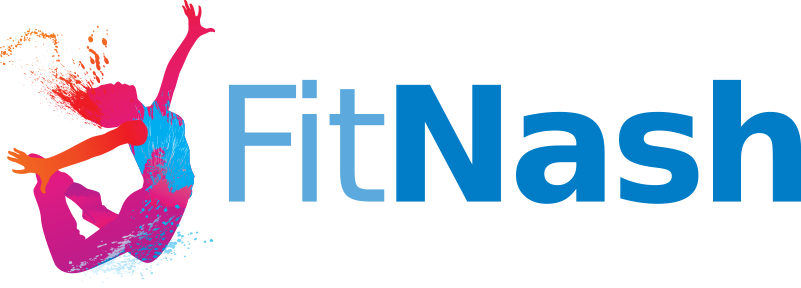WARNING – super long post!!!!
People often ask me what it is I actually do. 🤷🏻♂️
I hope this helps 😊
In clinic we use a unique combination of neuromuscluar testing and treatment techniques from a range of disciplines to optimise your neurology so that you can do the two most important things in life: breath and move.
Your goals are our goals, whether it is to:
* Be able to bend down and pick up the kids;
* Be able to walk to the shops without pain;
* Wear heels for that special occasion, so you look and feel great without pain;
* Hit personal bests at the gym or on the pitch;
* Make it to the toilet on time; or
* Simply have more confidence in your body day to day without having to hold back from doing things or going places.
The clinic sees people of all ages, professions and activity levels from all around Portsmouth, Gosport, Southampton, Winchester, Waterlooville, Clanfield, Hambledon, Petersfield, Chichester and much further afield.
We help men, women and children* to be free from pain, and to move and breath better in the shortest time possible, so they can live their life to the full.
Every new client completes a comprehensive intake form, and undergoes a consultation session. This first session allows us to assess the information stored in the Motor Control Centre – think ‘using the right muscles and joints, at the right time’ – for your breathing, stability and movement. Once assessed, we can decide whether we can help with your current issue, or whether you would be better referred to someone else.
This, for some people, seems a little extreme when you ‘just’ have pain in, or a problem with your ankle, neck, arm, leg or shoulder etc. In truth, many issues can be traced back to a particular trauma or instability from within the intrinsic core. These are categorically the most important muscles involved in any form of movement or propulsion, because without a stable platform, your muscles will be trying to stabilise and mobilise your extremities at the same time.
As treatment progresses we reassess to see how you are doing. As you become stronger – have increased range of motion – have reduced levels of pain – experience new dysfunctions (!), the programme will need adapting.
NeuroKinetic Therapy® (NKT®) is a dynamic neuroscience and biomechanical approach to assessing and resolving movement dysfunction and is frequently initial the treatment modality used in clinic. It is an innovative and increasingly well-known method of manual therapy which utilises manual muscle testing to assess and correct dysfunctions of the coordination system of the brain.
With the exception of reflex responses, the brain controls every physiological activity that takes place in the body. Every muscle that contracts in every movement that you make only occurs at your brain’s command. When muscles tighten up and the range of motion is restricted, people often try to force mobility, by stretching / rolling / rubbing the ‘tight’ muscle, and can’t understand why it doesn’t always last.
Muscles can be weak and tight, weak and flexible, strong and tight, and strong and flexible. Weak and tight is a precursor for injury.
Stretching a weak and tight muscle will cause it to tighten more to protect itself. It might cause temporary relief, but the brain will tighten it again because one of its primary jobs is protection.
When you take a step back and remember that muscles contract when the brain tells them to (usually due to pain, instability, or compensation), you can often make huge gains in mobility without ‘mobilising’ anything.
For example, if you fall, trip, have an accident or hurt yourself, you don’t feel safe using that part of your body. This causes the Motor Control Centre (in the cerebellum) to be stimulated so that consciously or unconsciously you look for other parts to help you do the same movement, and it relearns how to perform the desired movement using these new parts. With each attempt, some aspect of success is achieved and assimilated. If these are not ‘correct’ movement patterns dysfunction is the result – the brain has fundamentally changed how it processes proprioceptive information after injury, and instigated a compensation pattern. When you are ‘recovered’, your body doesn’t always stop using these new movement (compensation) patterns, causing long term dysfunction. Many compensation patterns are subtle or hardly noticeable to begin with and grow over time to a larger scaled compensation. This ‘domino effect’ can lead to pain and injury, sometimes years down the line.
The good news is the original / optimal neuromuscular connections are not permanently inhibited, as they do not truly turn off. Using a functional neurological screen NKT® to identify muscle imbalances we can determine which muscles are inhibited and which muscles are compensating for them – ‘are the right muscles and joints working at the right time during movement and breathing?’ – thereby allowing us to utilise specific treatment and corrective exercise techniques to restore proper movement patterns and reprogramme the Motor Control Centre. By utilising this approach, we will stop chasing the symptoms of pain and start finding causes for them.
🧠💪
*Anyone under the age of 18 years old must be accompanied by a responsible adult at all times. Typically children must be over the age of 10 to receive direct NKT based treatments.
2018 03 03

Image credit Pexels free
Experience the difference – A refreshingly different approach to pain and dysfunction, so you can breathe better, move better, to live better.
